I am putting it out there straight away: I am no fan of science-fiction. Spaceships, other planets, aliens etc … apart from in a dystopian setting (in small doses) , they don’t do much for me. But Madeleine L’Engle’s A Wrinkle in Time has been calling me for a while. Firstly because it is a crucial to the denouement of a book I love, Rebecca Stead’s When You Reach Me (both, coincidentally, won the Newbery Medal); secondly because I was desperate to read the graphic novel adaptation, but wanted to read the original text first. Also, I have always been quite surprised that such a “big” book in the USA has remained quite low key here. Obviously curiosity took the better of me. And so I read it. And I enjoyed it, mostly. For a book written in the early 1960s, many of its themes certainly resonate still quite strongly in today’s world.
The story of Meg, her younger brother Charles Wallace and new-found friend Calvin who go off to save Meg’s father from the clutches of Evil in another dimension is beautifully written. Meg is a wonderful character, flawed and lovable, and so easy to relate to for young teen girls who might feel awkward and out of place. She struggles at school socially, worries about being plain, finds life as part of a mono-parental family challenging. She feels like the odd one-out. She is just a normal kid, and yet she is the one who saves the day, eventually. The themes of learning that individuality is a strength, of good versus evil, of faith and hope, of religion are conveyed ardently and it is undoubtedly an uplifting read, with moments of darkness intertwined with elation. Interestingly despite its age and advances in all things technological, IT, the great evil, and its ideology, are in no way less scary. So yes, it is a great book, worth discovering. And as you can see, Puffin have just re-jacketed it as part of their new Puffin Book “look”.
However, my old problem with sci-fi raised its ugly head once more and I found myself glazing over descriptions of alien planets, aliens, and anything out-of-space. I cannot, just cannot, get my brain to imagine such things. It is as if I lose all ability for visualization when it comes to out-of-space stuff. And this is why reading Hope Larson’s stunning graphic novel adaptation was such a wonderful experience . Larson’s interpretation manages to be faithful to the original while bringing new life to it. The dialogues are original to L’Engle’s text, and though there are some small omissions to the plot, the overall story is in no way condensed. In fact, with a whopping 392 pages, this is no dumped-down version indeed. Magically, for me, as a reader, it brought to life things that I could not imagine, and enhanced a zillion times my experience of A Wrinkle in Time.
Where I could not imagine Mrs Whatsit, Mrs Who and Mrs Which in their true form, the graphic novel offered me an image which helped me process it better.
When the children tesser for the first time, the graphic novel offers an enhanced version by using space in the page in a way that words could not never convey.
And yes, I know, most teenagers are unlikely to do what I did, which is to read one after the other, or even just both. But if they decide to access classics in a more visual form, is that such a bad thing? I, as a fairly well-read adult, enjoyed the graphic novel much more. If I had not read the original text, I would still not have missed out on the themes so vital to the book. Indeed, the images created in the graphic novel have more impact – the uniformity of life on Camazotz being a prime example. I would not felt any less empathy for Meg and her inner-struggles, or slight irritation at Charles Wallace’s abundance of self-assurance. Graphic novels make us feel and think in the same way that texts do.
Snobbery and prejudice towards comics and graphic novels are still rife in this country, which is a sad state of affairs. All reading facilitators should be able to see the potential of graphic novels, whether it is to offer alternative access to classic texts or to simply promote a love of reading.
Source: own copies

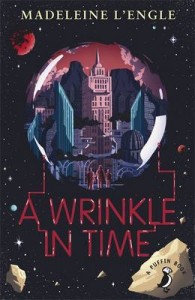
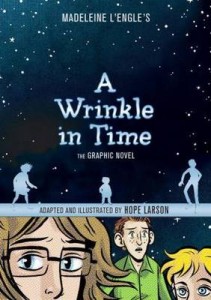
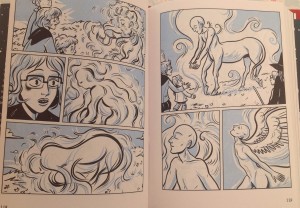
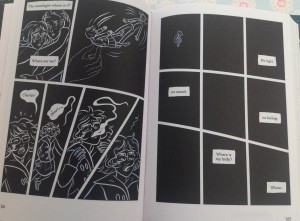
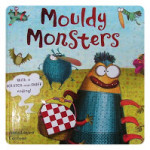
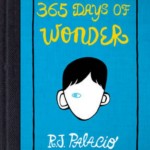
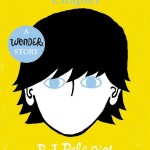

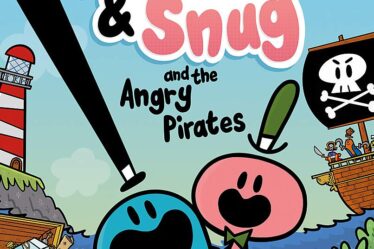
Great post melanie, and it’s made me think – I’m currently looking for book recommendations for a reader who has told me that they really hate descriptive passages – basically they want a swift moving plot. And this post has reminded me that graphic novels are good at that – they get to the pace and the plot straight away, opening up stories to readers who might not want luxurious sentences written in detail.